At its heart, a smart home is all about automation, integration, and remote control. This isn't just about having a few cool gadgets. It's about building a connected ecosystem where your security, lighting, climate control, and entertainment devices all talk to each other to make your life simpler.
What Really Makes a Home Smart
Before we get into the specifics, let's talk about what the term "smart" actually means in this context. Think of your home like an orchestra. Each smart device is an instrument, but you need a conductor—a central hub—to make them all play in harmony. The real magic isn't just turning a light on with your phone; it's creating a home that learns your routines and anticipates your needs.
This whole connected environment stands on three fundamental pillars: the sensors that detect what's happening, the actuators that take action, and the network that ties it all together.
The Brains Behind the Operation
A smart home's intelligence comes from a constant, simple feedback loop. A sensor detects something, the network zips that information to a central hub, and the hub tells an actuator what to do. It’s a simple but powerful process.
-
Sensors (The Eyes and Ears): These are the devices gathering information from the world around them. We're talking motion detectors, temperature sensors, contacts on your doors and windows, and even the microphone in your smart speaker. They are literally the sensory organs of your home.
-
Actuators (The Hands): These are the doers. They are the devices that perform a physical action based on a command. Smart locks, light bulbs, thermostats, and motorized blinds are all perfect examples of actuators. They're the ones that actually make the changes.
-
The Network (The Nervous System): This is the invisible web connecting everything. Using technologies like Wi-Fi, Zigbee, or Z-Wave, the network acts as the home's nervous system, allowing all the components to communicate instantly and reliably.
This infographic breaks down how that central hub coordinates everything to create a home that truly responds to you.

As you can see, without a central hub processing information from the sensors and sending commands to the actuators, a smart home would just be a pile of disconnected gadgets. It's this integration that unlocks true automation.
1. Smart Security and Access Control

For a lot of people, the journey into a smarter home starts with one simple desire: peace of mind. Let's face it, the old-school, blaring security alarms of yesterday feel a bit dated. Today's smart security is all about creating a home that’s aware, responsive, and always within reach, no matter where you are in the world.
Think of smart security as a digital guard watching over your home. Instead of just reacting after someone has broken in, these systems are built to prevent trouble before it starts. They give you the power to see what's happening and control who comes and goes, even when you're miles away.
This shift toward proactive protection is a huge reason why security is the bedrock of the smart home. In fact, security and access control make up over 29% of the entire global smart home market. The numbers speak for themselves, with the market projected to jump from $27 billion to $70 billion by 2035, according to research from Grand View Research.
Your Front Door, Reimagined
The first line of defense is always the front door, and smart technology has completely changed the game. Smart locks and video doorbells are the dynamic duo, working together to turn your entryway into an intelligent, secure checkpoint.
A smart lock is so much more than just a way to go keyless. It's a complete access management system that lets you grant entry from anywhere, see who’s coming and going, and finally say goodbye to the worry of lost or stolen keys.
Here’s how this plays out in real life:
- Granting Temporary Access: The dog walker is coming at noon, but you're at the office. Instead of hiding a key under the mat (we all know the spots), you can send them a temporary digital code that only works for a specific window of time.
- Key-Free Family Entry: Your kids can use a simple keypad code to get in after school. The moment they do, you get a notification on your phone, letting you know they're home safe. No more "did you remember your key?" texts.
- Unlocking from Anywhere: A friend shows up a bit early while you're still running errands. Just a quick tap in your smartphone app, and the door is unlocked for them.
Seeing Who's at the Door with Smart Doorbells
Working hand-in-hand with the smart lock is the video doorbell—your eyes and ears on the front porch. These devices are much more than just a camera that streams video to your phone. Modern doorbells use intelligent detection to tell the difference between people, packages, animals, and cars.
This means you get alerts that actually matter. You’ll know the second a package is dropped off or if someone is lingering by your door, keeping you in the loop without buzzing your phone for every car that drives by.
Putting these pieces together is what creates a truly secure environment. If you want to explore this further, our guide to the best smart home security systems breaks down how these devices integrate into a seamless protective shield for your home.
Intelligent Lighting for Ambiance and Wellness

Smart lighting is easily one of the most impactful features of a smart home, and it's about so much more than just turning lights on and off with your voice. It’s about painting with light. You can craft the perfect atmosphere for any moment, find your focus for work, and even sleep better at night.
Think of it as having an artist's palette for your home’s mood. With a simple tap or a quick command, you can trigger custom "scenes" you've designed for specific activities. Your "Movie Night" scene could instantly dim the main lights to 10%, bring up a soft glow behind the TV, and maybe even lower the blinds. A "Focus" scene, on the other hand, might fill your office with bright, cool-toned light to help you concentrate.
This kind of control isn't some far-off futuristic idea; it's here now and growing fast. The global smart lighting market is already valued at $28 billion and is expected to soar to $75 billion by 2035. A lot of that growth is just people upgrading their existing homes, which shows you how easy it is to get started.
Lighting That Syncs with Your Body Clock
One of the most profound benefits of smart lighting is its ability to support your well-being through circadian rhythm lighting. This feature intelligently adjusts the color temperature and brightness of your lights throughout the day, essentially mimicking the natural arc of the sun.
In the morning, your lights can emit a cool, bright light to help you feel alert and ready for the day. As evening approaches, they automatically shift to a warm, soft glow, which gently signals to your brain that it's time to start winding down.
This isn't just a cool trick; it's about creating an environment that works with your body's natural clock, not against it. It's a subtle but powerful way to boost your energy and improve your sleep quality without even thinking about it.
You can learn more by finding the best smart lighting systems for your home in our dedicated guide. And to really take control of the light in a room, check out some smart blind options for bedrooms that can work in perfect harmony with your lighting system.
Efficient Climate and Energy Management

Imagine a home that not only keeps you perfectly comfortable but also actively works to shrink your utility bills. That's the real magic of smart home climate and energy management—it turns your house into an efficient, cost-saving partner.
At the heart of it all is the smart thermostat. Think of it as the brain of your HVAC system. A traditional thermostat is pretty basic; it just follows a fixed schedule. A smart one, on the other hand, actually learns your daily routines. It figures out when you leave for work, when you’re heading home, and when everyone’s asleep, then adjusts the temperature automatically so you’re not wasting a dime heating or cooling an empty house.
This kind of intelligent scheduling really adds up. Many homeowners find they can save between 10% and 15% on cooling and heating costs just by making this one simple upgrade.
Creating Personalized Comfort Zones
Why stop at the thermostat? Smart technology lets you get much more granular with room-by-room climate control. Smart vents, for example, are direct replacements for your standard vent covers and can be opened or closed right from your phone.
This means you can finally stop blasting the AC in that guest room nobody uses, or you can push more cool air into the living room when the afternoon sun hits. You’re essentially creating personalized comfort zones, making sure every part of your home feels just right without overworking your entire system. It's a surprisingly simple change that makes a big difference.
Another powerful tool in the arsenal is automated window coverings. Smart blinds and shades can be set up to work in concert with your thermostat.
On a blistering summer day, they can automatically close during peak sun hours to block solar heat, giving your air conditioner a much-needed break. In the winter, they can do the opposite, opening up to let in sunlight for a bit of natural warmth.
This teamwork between different devices is what makes a smart home’s energy strategy so effective. When you start integrating these features, you can seriously boost your home's performance. For even more ideas, check out these proven tips to lower your electric bill.
Smart Home Features and Their Energy Impact
The table below breaks down how specific smart home devices contribute to a more efficient home and what kind of savings you might see.
| Smart Home Feature | How It Saves Energy | Potential Annual Savings |
|---|---|---|
| Smart Thermostat | Learns your schedule and adjusts temperature automatically to avoid waste. | $130 – $145 |
| Smart Vents | Allows for zone control, heating/cooling only the rooms in use. | $50 – $100 |
| Automated Blinds | Blocks solar heat in summer and allows it in during winter, reducing HVAC load. | $20 – $60 |
| Smart Plugs | Cuts "phantom load" by turning off electronics completely when not in use. | $10 – $30 |
| Energy Monitors | Provides real-time data on electricity usage to identify waste. | Varies (Informs behavior) |
This data shows that individual smart devices offer tangible savings, but their real power is unlocked when they work together as a cohesive system.
Understanding Your Energy Use
Beyond just automating, the best smart energy systems give you a clear window into your own consumption habits. Through a simple app on your phone, you can see exactly when you’re using the most energy and pinpoint which appliances are the biggest offenders.
This information is powerful. It moves energy management out of the realm of guesswork and turns it into a clear, actionable strategy. You can finally make informed decisions, find new ways to cut back, and see the direct impact of your efforts—all while reducing your carbon footprint and saving some money.
Seamless Home Entertainment and Audio
Let's be honest, this is the fun part. While security and lighting are practical, smart home entertainment is where you really get to see the magic happen. We're talking about more than just a smart TV hooked up to Wi-Fi; it's about creating a living, breathing entertainment hub that wraps around your life.
Imagine you're in the kitchen, listening to a podcast on your smart speaker while you make coffee. When you walk into the living room, you just ask the soundbar to pick it up, and it continues right where you left off. No fumbling with your phone, no reconnecting Bluetooth. Your audio just follows you. That’s the core of a truly smart entertainment setup.
Creating the Perfect Cinematic Moment
This is where your smart home can really show off. Think about all the little steps you take before settling in for a movie: dimming the lights, maybe closing the blinds, finding the right remote, switching inputs. It's a small hassle, but it's friction.
With a smart home, you can bundle all of that into one simple command. A "Movie Night" scene is a classic for a reason:
- The main lights dim down to a cozy 5%.
- Bias lighting behind the TV kicks on, giving off a soft, warm glow.
- If you have one, a motorized projector screen glides down from the ceiling.
- Your AV receiver and projector fire up, ready to go.
All that happens automatically. You just get to sink into the couch and press play. The technology works together to build the atmosphere for you, removing all those little distractions so you can get lost in the film.
The unsung hero of this entire experience? Your home network. A rock-solid Wi-Fi connection is the foundation for everything. It’s what keeps your 4K stream from buffering and ensures your multi-room audio doesn’t skip a beat.
The Power of an Integrated System
The real wizardry begins when your entertainment system starts talking to the rest of your smart home. This is when isolated gadgets become part of a truly intelligent environment.
For instance, someone rings your video doorbell. Instead of you having to get up, your movie could automatically pause, and the doorbell camera feed could pop up right on your TV screen. Once you've seen who it is, your movie seamlessly resumes.
That's the goal here. It’s about making your home work for you, anticipating what you need. Whether you're firing up a party playlist that fills every room or just settling in for a quiet night, the technology should just disappear, leaving you with an effortless, immersive experience.
Unlocking Your Home's Potential with Integration
The real magic of a smart home isn't in any single gadget. It's what happens when all those individual devices start talking to each other and working together. This is integration, and it's the ingredient that turns a house full of cool tech into a truly intelligent home.
Think of it like this: a smart lock is great, and so are smart lights. But on their own, they're just talented solo musicians. Integration is the conductor that brings them all together—your smart lock, lights, thermostat, and speakers—to play a symphony. The conductor is usually a central platform like Amazon Alexa, Google Assistant, or Apple HomeKit.
The Power of Routines and Automations
These platforms let you build powerful automations, often called "routines" or "scenes." These are basically pre-set recipes where a single trigger—like your voice, the time of day, or a sensor—kicks off a whole chain of events across multiple devices.
Instead of managing your home device by device, you manage moments. You’re no longer just controlling a light switch; you’re crafting an entire atmosphere with a single word.
Imagine a "Good Morning" routine that completely redefines how you wake up.
- At 6:30 AM, your smart blinds gently open, letting in the natural morning sun.
- A few minutes later, your bedroom lights slowly fade on to a warm, soft glow.
- Downstairs, a smart plug flips on the coffee maker, so the brew is ready when you are.
- Your smart speaker then starts playing a morning news briefing or your favorite playlist.
This is the difference-maker. It’s not just about having a remote control for your house on your phone. It's about building a home that actually anticipates what you need and handles the little things for you, almost like it's reading your mind.
Picking the right ecosystem is the key to making this all work, since it’s what allows all your different devices to communicate. Our in-depth smart home hub comparison can walk you through finding the platform that fits your lifestyle and the gear you want to use. This central hub acts as the brain of your home, enabling the kind of hands-free living that makes this technology so incredible.
Common Questions About Smart Home Features
Jumping into smart home tech is exciting, but let's be honest, it also brings up a ton of questions. As you start looking at all the cool things these devices can do, you're probably wondering about the setup, if all your gadgets will play nicely together, and of course, how safe your data is.
Let's tackle some of the things people ask about the most.
One of the first questions I always get is, "Is this stuff hard to set up?" For most people, the answer is a relieving "no." Most modern smart devices are made for a quick and easy DIY installation. Companies have poured a lot of effort into creating user-friendly apps that guide you through every step, getting you up and running in minutes.
Of course, if you're planning a more ambitious project—like a sophisticated security system with multiple cameras or a whole-home audio setup—calling in a professional is often the way to go. They'll make sure everything is wired and synced up perfectly from the start.
Will All My Devices Work Together?
This is a big one. Nobody wants a house full of smart gadgets that give each other the silent treatment. This is where the major smart home platforms—think Amazon Alexa, Google Home, and Apple HomeKit—come into play.
Think of these platforms as the central hub or the "universal translator" for your home. They create a common language that allows devices from dozens of different brands to work together seamlessly.
Before you buy anything new, just look for a label that says "Works with Alexa" or "Supports HomeKit." This tiny bit of homework can save you a world of frustration and is the secret to building a truly connected home.
How Secure Is My Data?
With so many devices connected to the internet, thinking about privacy and security is non-negotiable. Good news is, reputable smart home brands know this and invest a ton into encryption and security measures to protect your information, both on the device itself and when it's sent to the cloud.
But security is a two-way street. Here are a few simple things you can do on your end to keep your smart home locked down:
- Use Strong, Unique Passwords: Don't use "password123" for your Wi-Fi or smart home accounts. Seriously.
- Enable Two-Factor Authentication (2FA): This adds a powerful second layer of security, making it much harder for someone to get into your accounts.
- Keep Firmware Updated: Those update notifications aren't just for new features. They often contain critical security patches, so install them right away.
Getting a handle on these practical details will help you confidently pick the right features of a smart home for your life. You'll be able to build a home that’s not just smart and convenient, but also secure and dependable.
Ready to build a smarter, safer, and more efficient home? Explore our in-depth guides and product reviews at Automated Home Guide to find the perfect solutions for your lifestyle. Visit us today at https://automatedhomeguide.com.
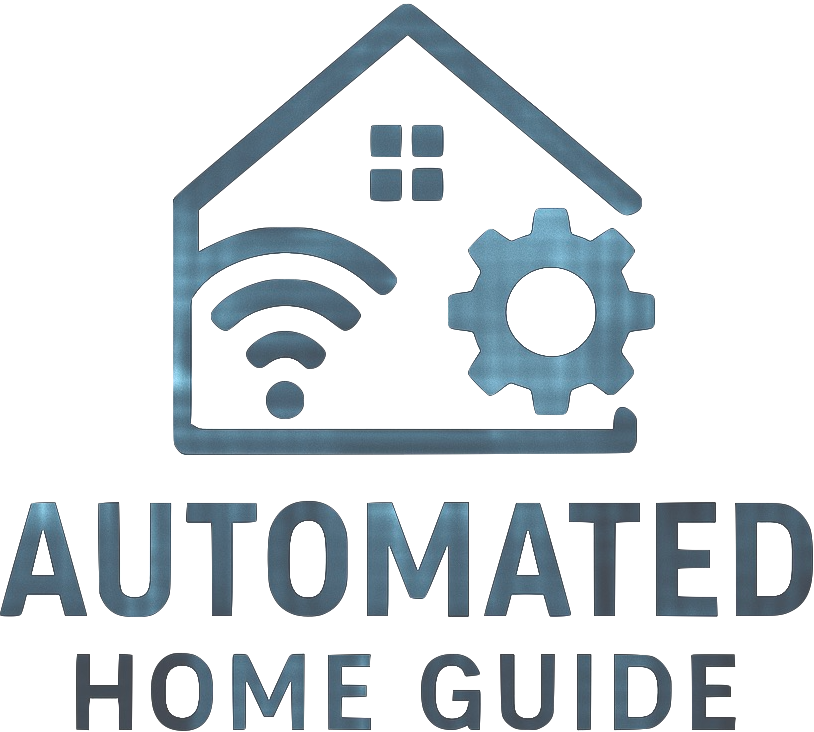

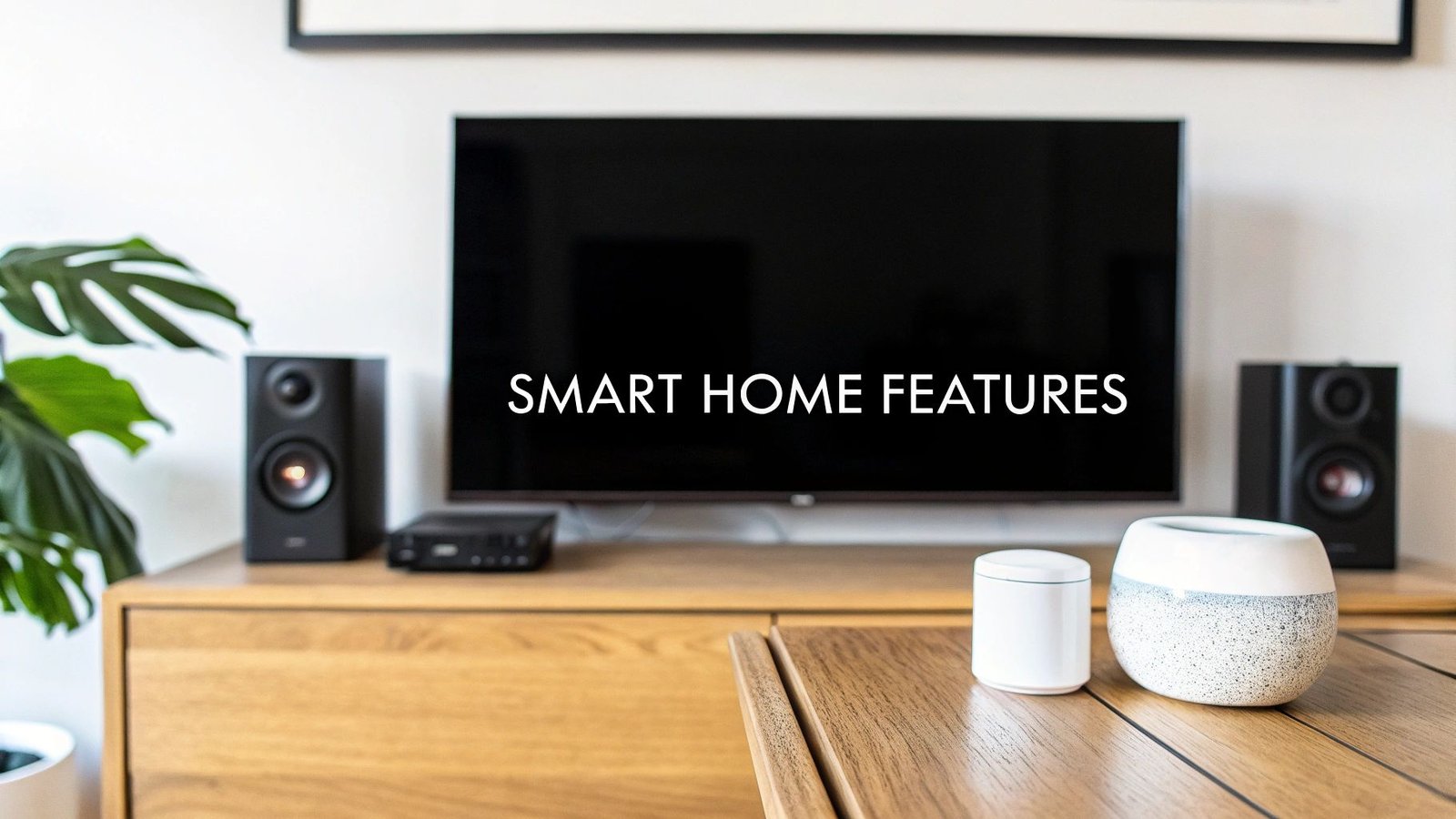

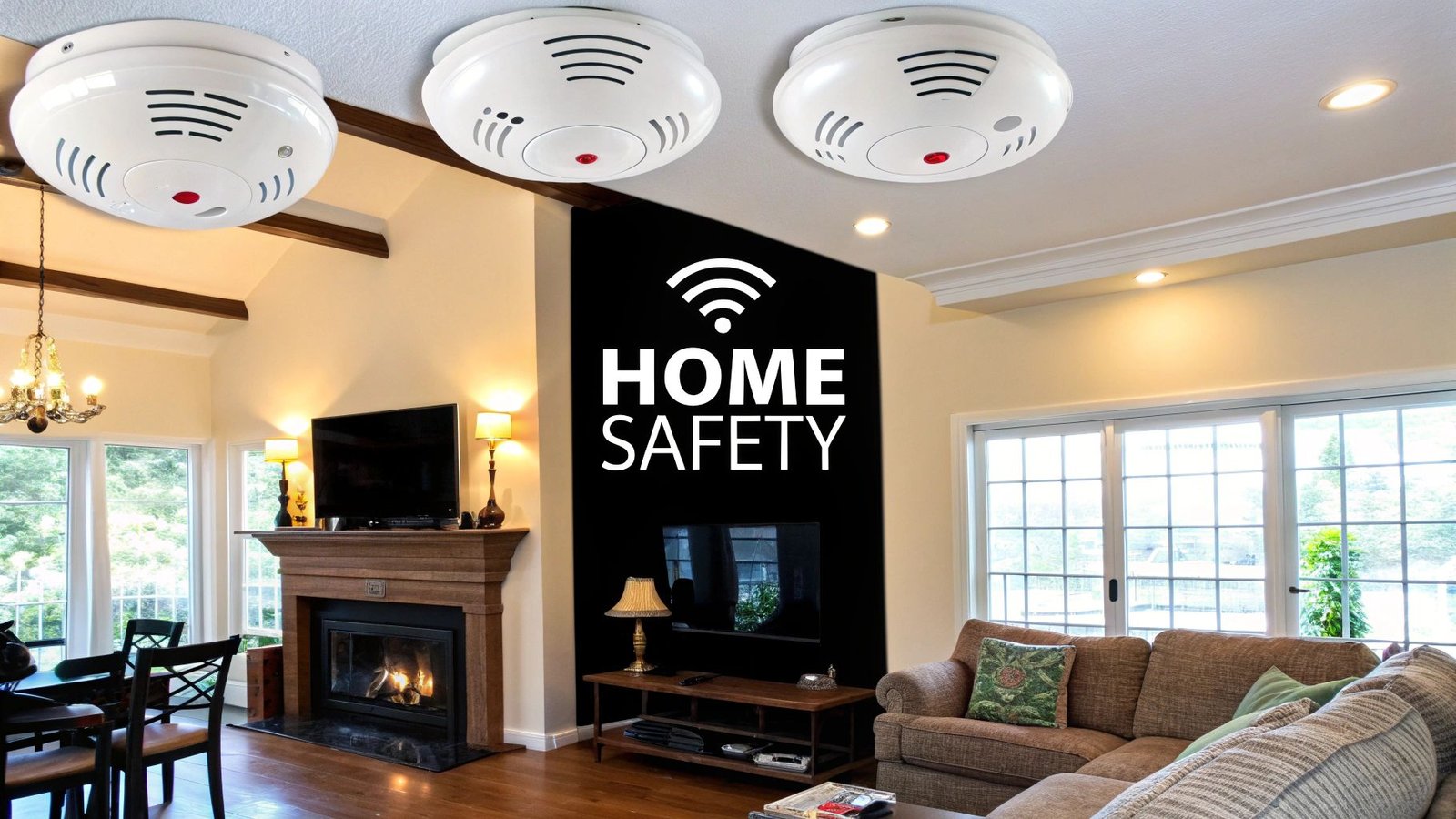
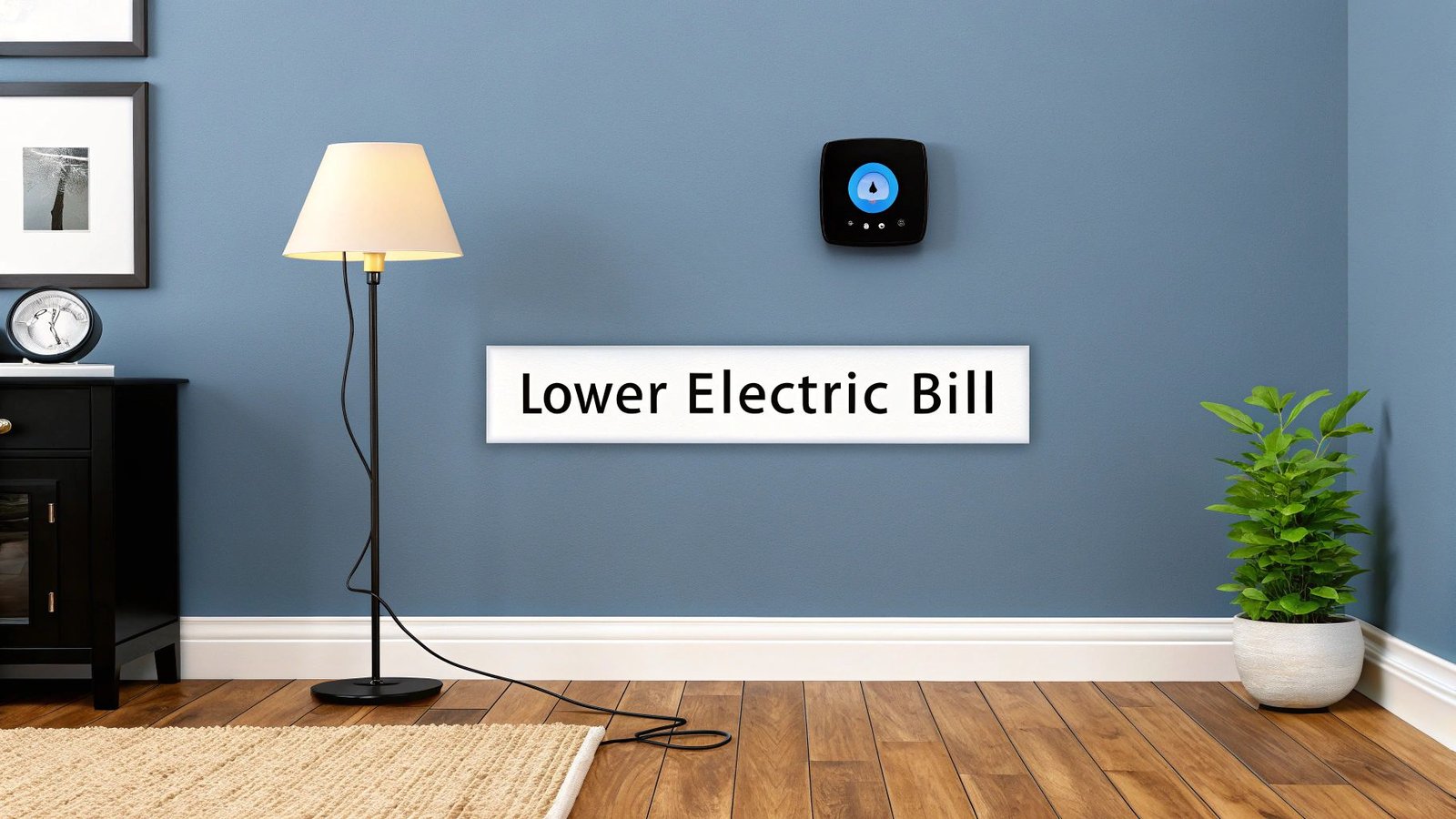
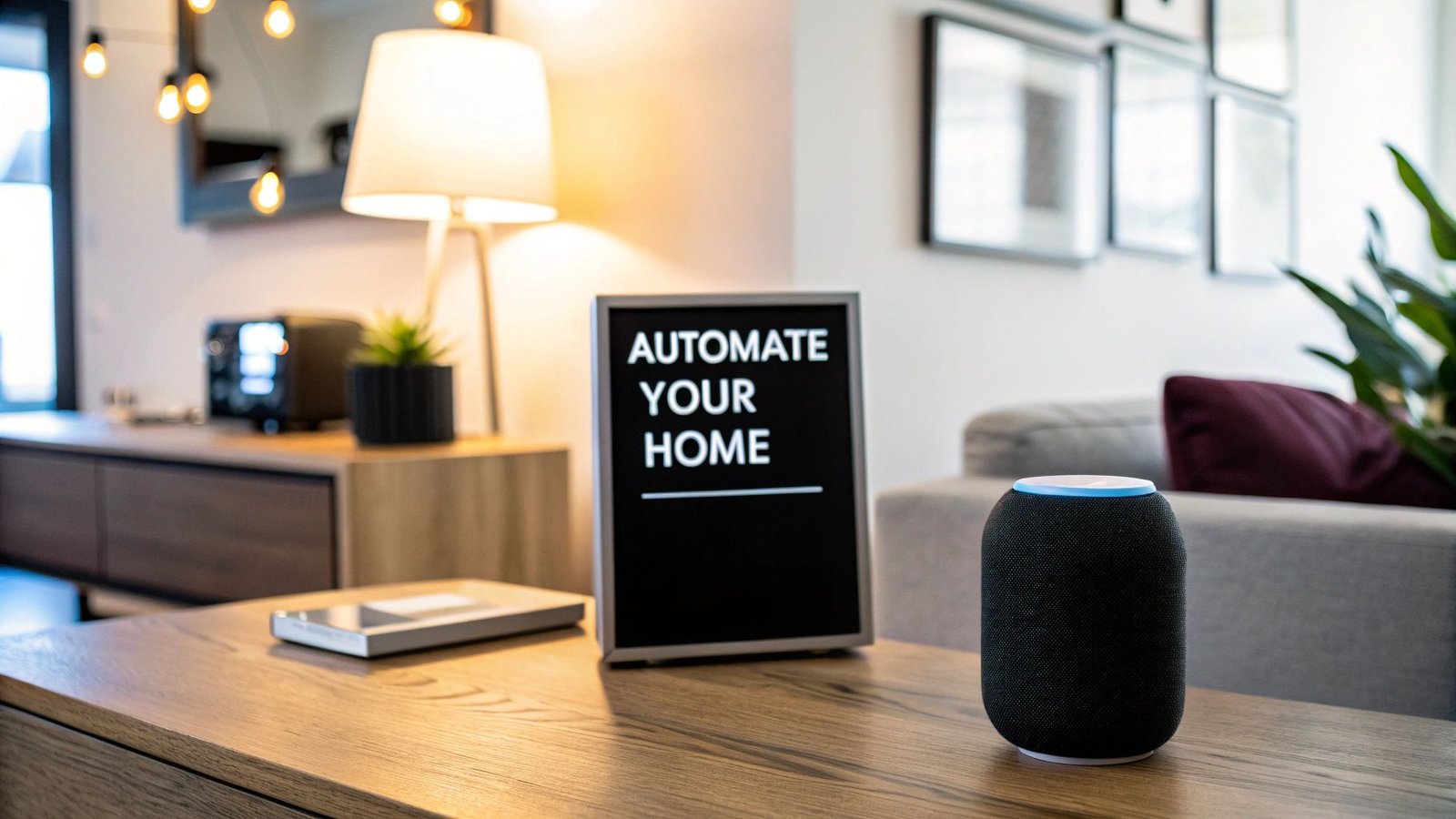
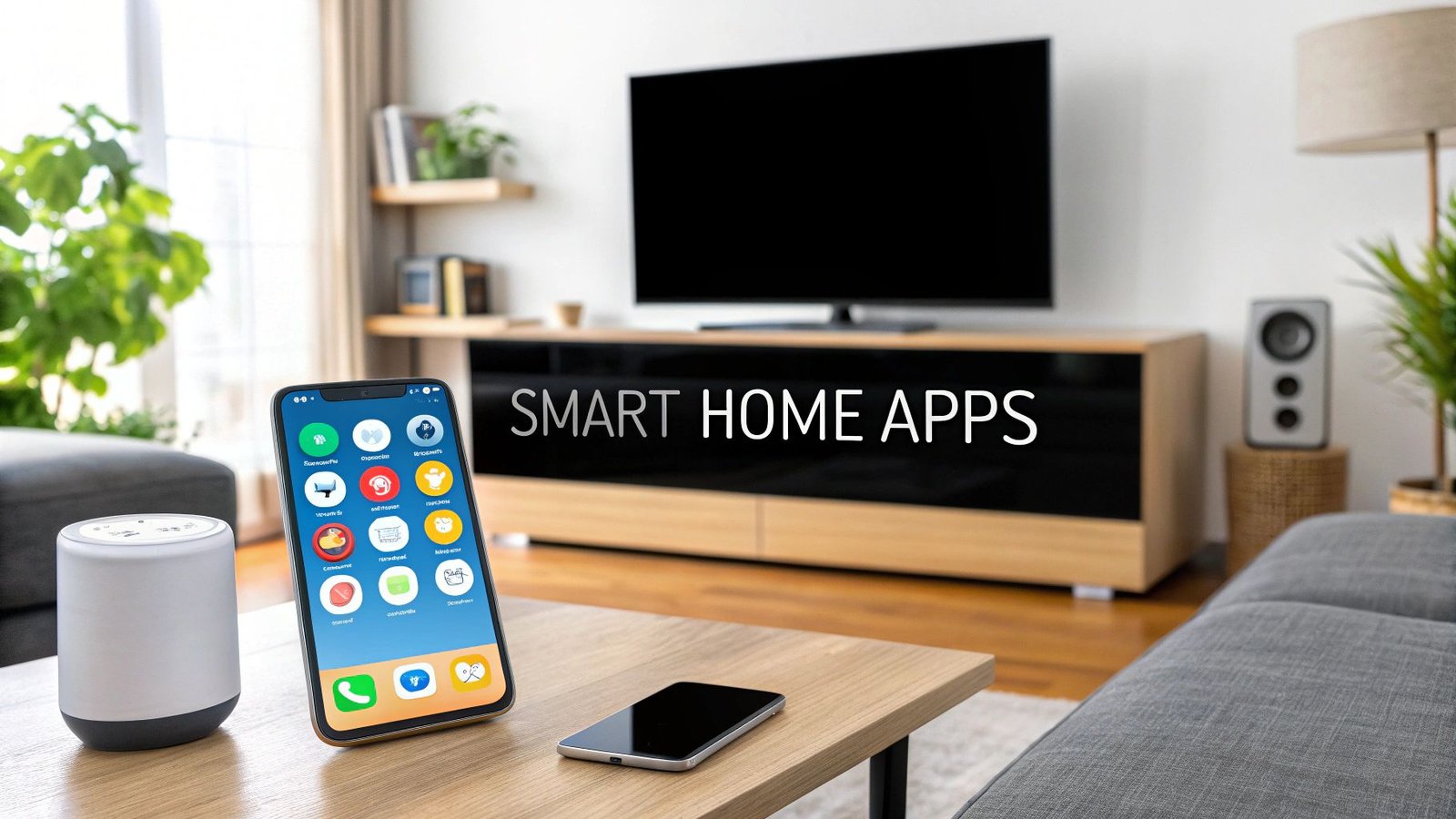
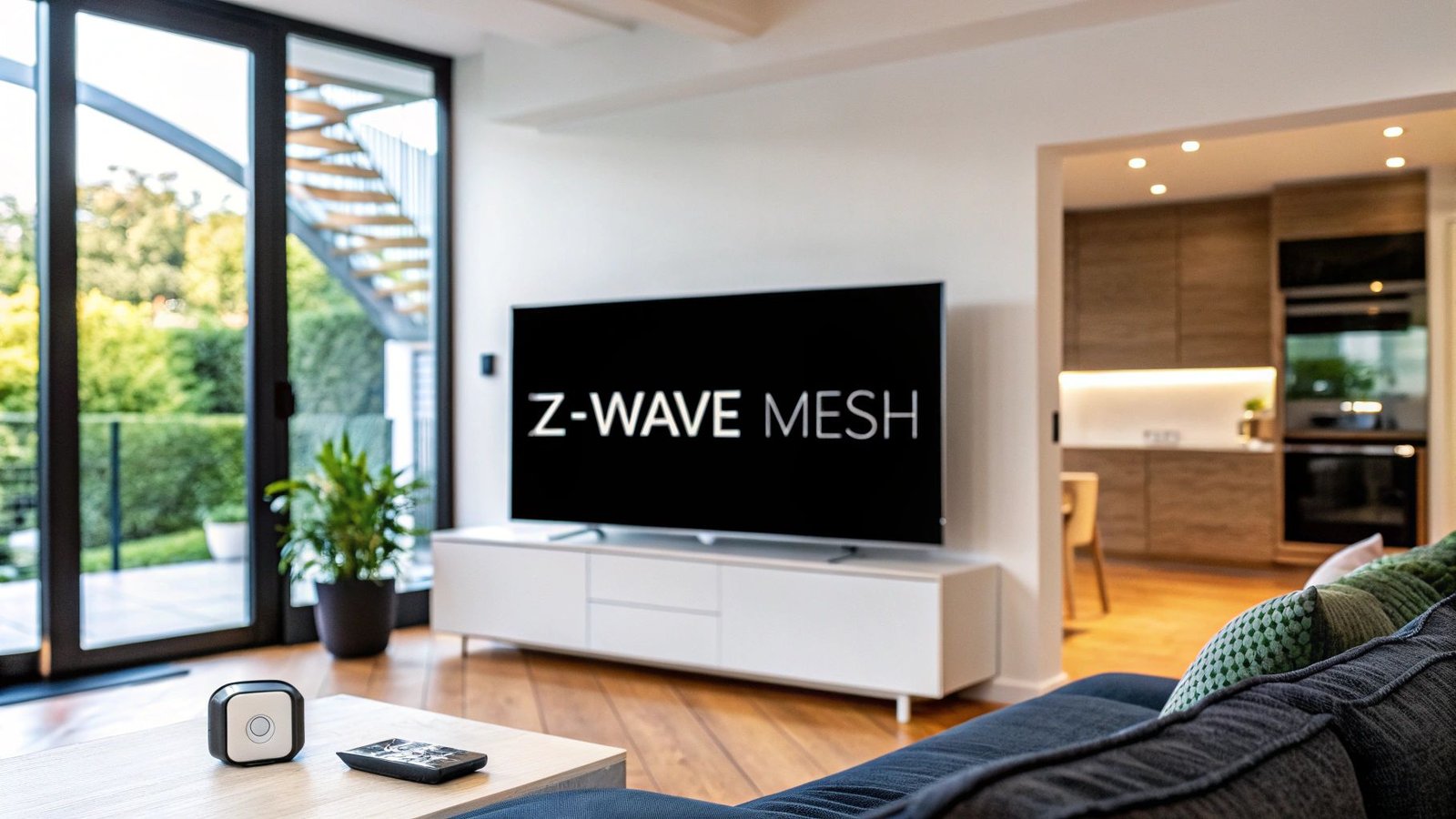
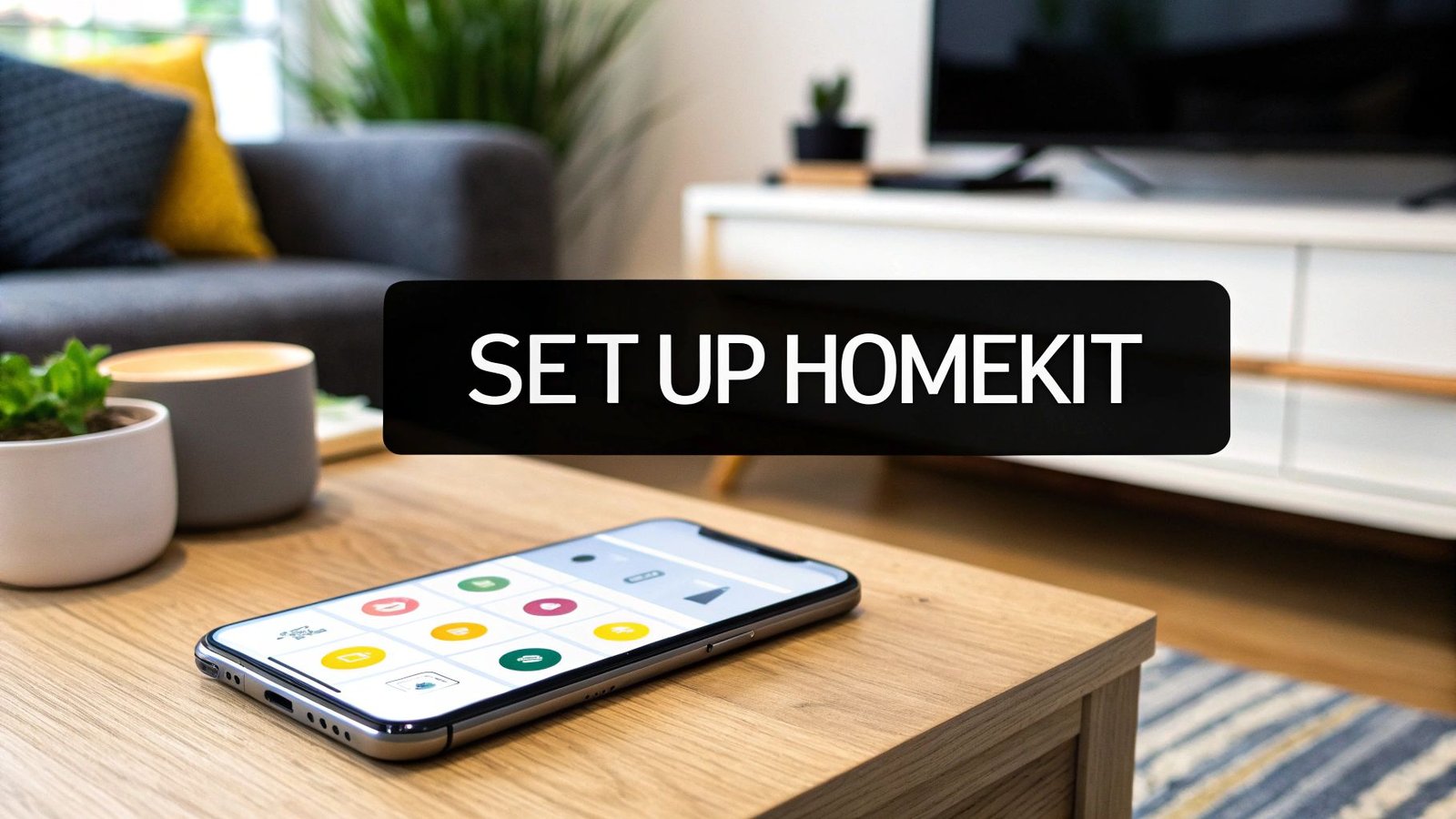
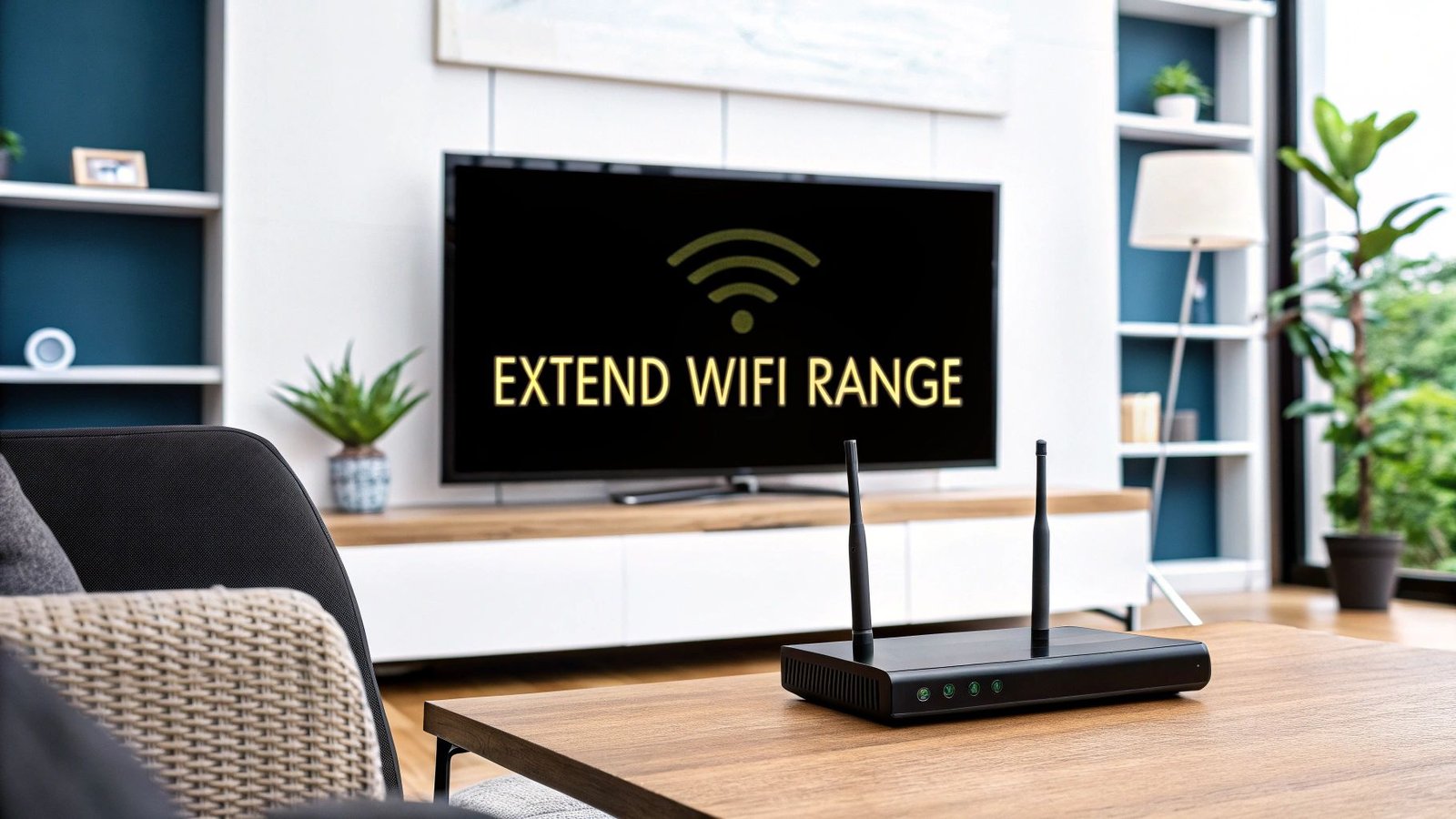
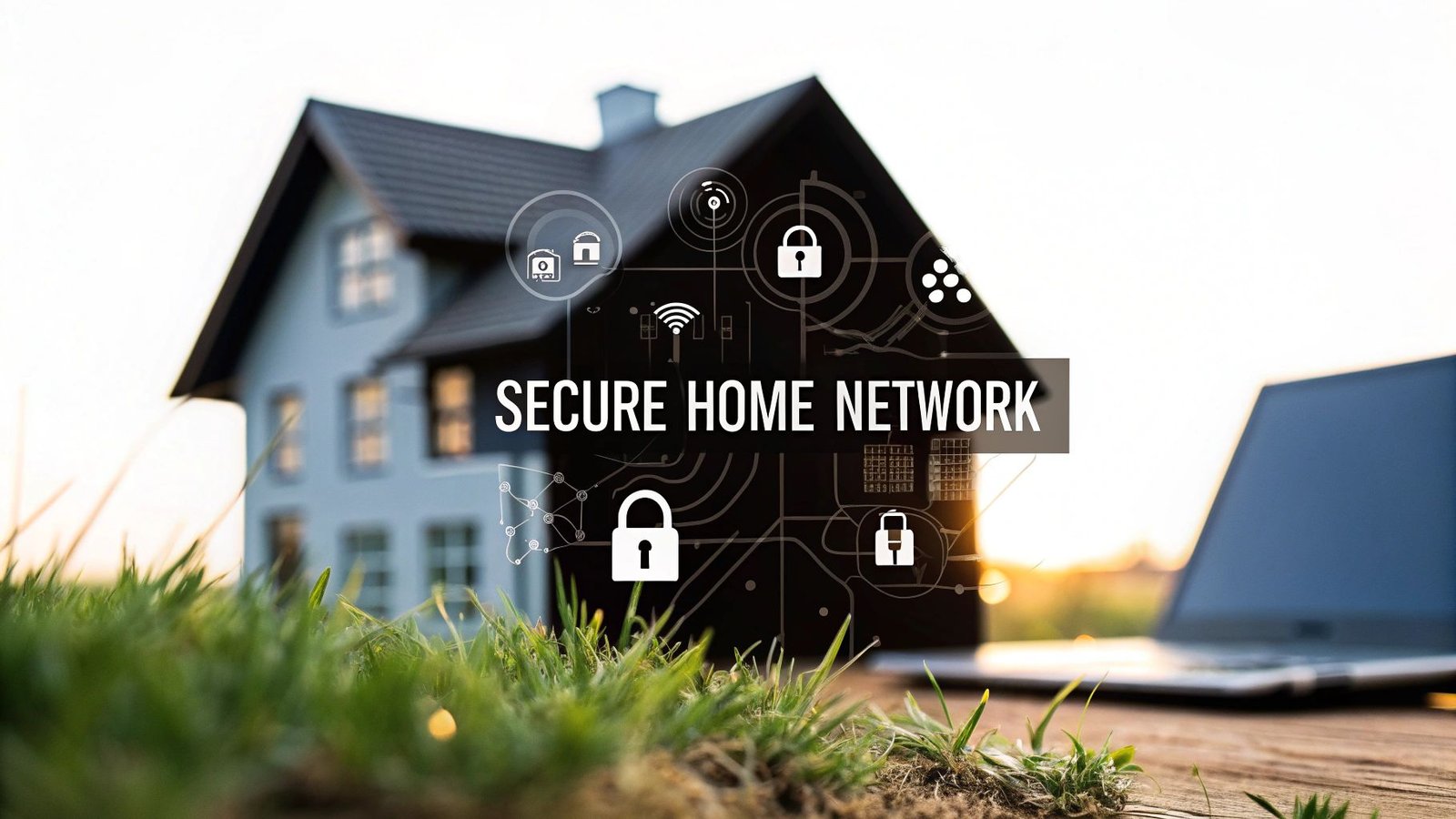
Leave a Reply